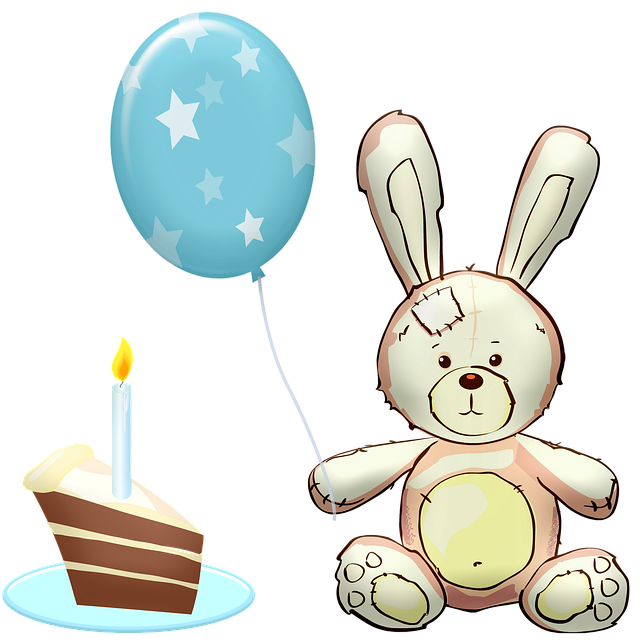Return on revenue (RoR) is key to gauging the success of a chatbot for Shopify as it measures revenue against deployment costs. A positive RoR indicates profitability, justifying continued investment and growth. Implementing a Shopify chatbot enhances customer experience, drives sales through personalized product recommendations, and improves efficiency by automating tasks. To maximize RoR, personalize interactions using customer data, integrate with Shopify features like order tracking, keep the bot updated on inventory changes, and focus on conversation & conversion rates to improve customer satisfaction.
“Maximizing return on revenue (RoR) with a Shopify chatbot is no longer a niche strategy—it’s a competitive necessity. This article guides you through understanding RoR for Shopify chatbots, highlighting key benefits like improved customer engagement and increased sales. We’ll delve into essential metrics to track your chatbot’s success and provide proven strategies to optimize performance. By implementing these tactics, you can harness the power of AI-driven assistance to elevate your Shopify store’s bottom line.”
- Understanding Return on Revenue (RoR) for Shopify Chatbots
- Benefits of Implementing a Chatbot on Your Shopify Store
- Key Metrics to Measure RoR Success
- Strategies to Optimize and Enhance Chatbot Performance for Maximum RoR
Understanding Return on Revenue (RoR) for Shopify Chatbots

Return on revenue (RoR) is a critical metric for any business, and Shopify chatbots are no exception. When it comes to evaluating the effectiveness of a chatbot for Shopify, understanding RoR involves assessing the revenue generated relative to the investment made in deploying and maintaining the bot. This simple yet powerful ratio helps shop owners gauge the financial impact of their chatbot strategy. By calculating RoR, business leaders can make informed decisions about resource allocation, marketing spend, and chatbot feature enhancements, ensuring that their Shopify chatbot contributes directly to increased sales and profitability.
For a Shopify chatbot, RoR is calculated by dividing the total revenue increment attributable to chatbot interactions by the cost of maintaining the bot over a specific period. This includes development costs, hosting fees, and any ongoing operational expenses related to the chatbot’s functionality. A positive RoR indicates that the chatbot is generating more revenue than it costs, making a compelling case for its continued use and potential expansion. Conversely, a negative RoR may signal areas for optimization or the need to reevaluate chatbot strategy to align better with business objectives.
Benefits of Implementing a Chatbot on Your Shopify Store

Implementing a chatbot for your Shopify store offers a multitude of benefits, enhancing both customer experience and business efficiency. These intelligent digital assistants provide 24/7 availability, instantly addressing customer queries and reducing response times. By automating common tasks such as order tracking, product recommendations, and basic troubleshooting, chatbots free up valuable time for human customer service representatives to focus on more complex issues, thus improving overall customer satisfaction.
Moreover, a chatbot can significantly boost sales and revenue. Through personalized product suggestions based on user interactions, these bots increase cross-selling and upselling opportunities. By gathering real-time data from customer conversations, they can identify trends and preferences, allowing for targeted marketing campaigns that drive conversions. In today’s competitive e-commerce landscape, leveraging a chatbot for Shopify stores is a strategic move to stay ahead of the game.
Key Metrics to Measure RoR Success

When evaluating the success of a Shopify chatbot in terms of Return on Revenue (RoR), several key metrics come into play. Tracking conversation rates is crucial; measuring the percentage of visitors who engage with your chatbot can indicate its effectiveness in capturing customer interest. High engagement rates suggest that your chatbot is successfully initiating conversations and providing value.
Additionally, monitoring the conversion rate attributable to chatbot interactions is vital. This involves analyzing sales generated through chatbot-driven leads versus overall sales. A significant uplift in conversions demonstrates the chatbot’s potential to influence purchasing decisions and drive revenue growth. Moreover, tracking customer satisfaction scores can provide insights into the chatbot’s overall performance and its impact on enhancing user experiences.
Strategies to Optimize and Enhance Chatbot Performance for Maximum RoR

To optimize and enhance a Shopify chatbot’s performance, ensuring maximum Return on Revenue (RoR), several strategies can be employed. First, personalized interactions are key; using customer data and purchase history to tailor responses boosts engagement and sales. A chatbot that offers product recommendations based on browsing behavior or previous purchases not only provides value but also increases the likelihood of conversions.
Additionally, integration with Shopify’s e-commerce features is vital. Seamless connections between the chatbot and inventory management, order tracking, and customer accounts streamline shopping experiences, allowing the chatbot to answer queries efficiently. Regular updates to keep the chatbot informed about new products, promotions, or changes in inventory are also essential for maintaining high performance and maximizing RoR.
Implementing a Shopify chatbot can significantly enhance your store’s efficiency and customer engagement, leading to improved return on revenue (RoR). By understanding key metrics and optimizing performance, you can maximize the benefits of this powerful tool. A well-integrated chatbot not only reduces customer service costs but also boosts sales through personalized interactions and targeted recommendations. With strategic adjustments, a Shopify chatbot can become a game-changer for your online retail success.
